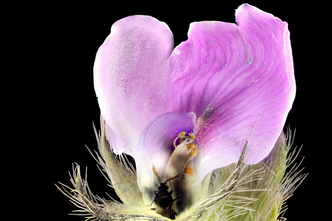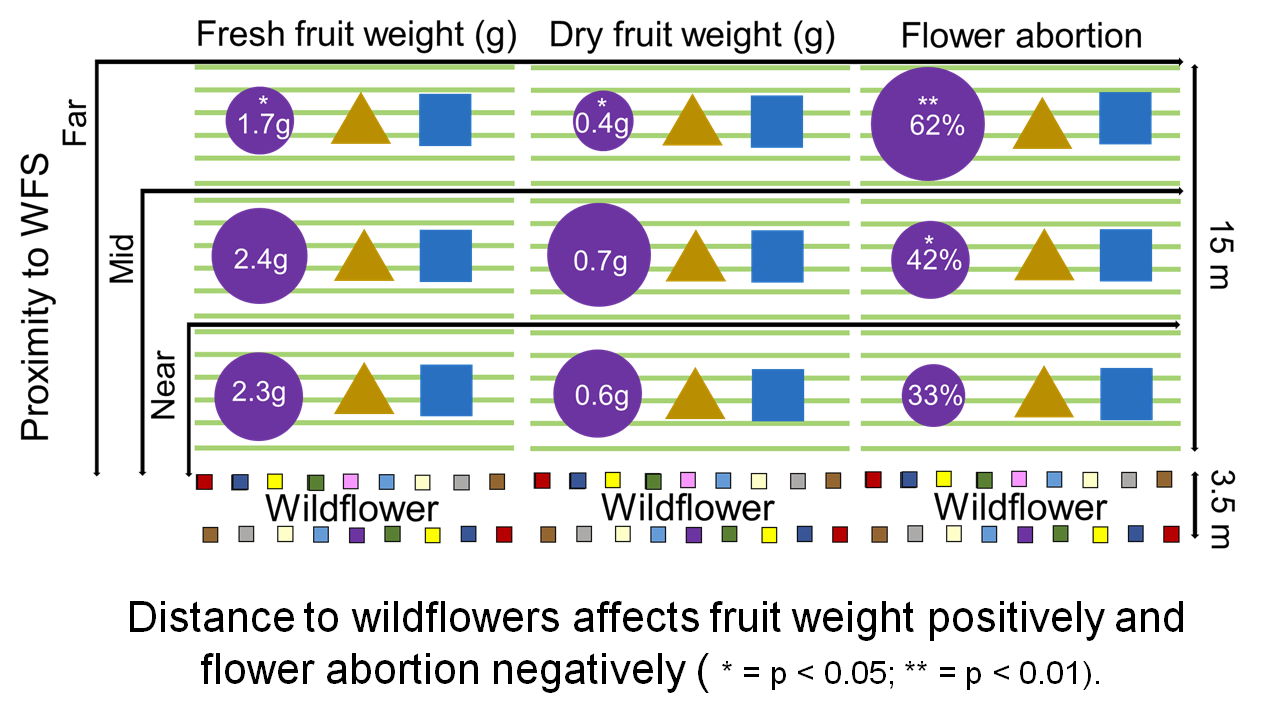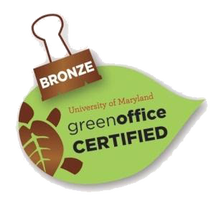 written by Leo Kerner We know that pollinators play a vital role in the health of every agroecosystem, but how can the agroecosystem benefit pollinators? Kathleen Evans, a PhD student in the Department of Entomology at the University of Maryland, is attempting to figure this out. Working in the EspíndolaLab, Katy is focused on plant-pollinator interactions and loves to engage with the public informing them of the importance of insects. She came to speak at our colloquium about her most recent project on floral diversification and its effects on beneficial arthropods and ecosystem services among edamame. Previously, Katy has worked on pollinator health in agroecosystems and sustainable honeybee management practices, and now her work takes a closer look at understanding plant-insect interaction in agroecosystems. The main focus of this project is floral diversification and if edamame can benefit from cross pollination. Cross pollination is the simple transfer of pollen from one flower to another within the same species. Cross pollination can occur through wind or with the aid of a pollinator, such as honey bees, native bees, flies, and wasps (just to name a few). In soybean, there is evidence of the benefits of cross pollination, and crosses are commonly used to develop new soybean cultivars. By supplementing agroecosystems with a greater diversity of flowering plants, it’s thought that arthropod communities may benefit from increased biological control, pollination services, and weed suppression. For Katy’s project, the effect of floral diversification was achieved by using wildflower strips and floral intercropping.
For the project itself, two questions were posed: 1. Does edamame benefit from cross pollination?, and 2. What is the effect of floral supplementation on edamame reproductive outputs? To answer these questions, controlled pollination treatments were applied to fields of edamame where wildflower strips were placed adjacently. These treatments included hand pollination to create controlled crosses, open pollination by allowing pollinators to visit the flower, and closed-pollination where pollinators were excluded from receiving other individuals’ pollen and only allowed self-pollination. Katy found that at the end of her trials, edamame pods that were part of the open pollination treatment weighed more than either the closed and hand-pollinated treatments, and within the open group, edamame plants closer to the wildflower strip had even heavier pods. Among plants close to the wildflower strip there appeared to be no significant difference between the number of abortions in the different treatments. However, as distance from the wildflower strip increased, floral abortions among the open pollination treatment also increased. . Katy reasons that cross-pollinated flowers led to a larger number of floral abortions at further distances from the wildflower strip because insufficiently fertilized flowers were aborted. The further away plants are from wildflower strips, the less pollinators are likely to visit the flowers, and the likelihood of cross pollination decreases. This also explains why openly pollinated treatments had heavier fruits compared to pollinator-excluded treatments; plants that could effectively abort insufficiently pollinated flowers could direct more resources into producing fruit with greater seed sets. Plants that were restricted to self-pollination only had to take what they could get in regards to reproduction, and so didn’t abort as often and produced more fruit but of a lower quality. Ultimately, to answer the two proposed questions, it seems that edamame benefits from cross-pollination through improved fruit quality while wildflower strips positively affect pollination quality. However floral supplementation’s effect across an entire edamame field is not uniform. In her future research, Katy plans to shift her focus from floral diversification and concentrate on exploring the biodiversity of organisms within soybean agroecosystems. Great talk Katy! Comments are closed.
|
Categories
All
Archives
June 2024
|
Department of Entomology
University of Maryland
4112 Plant Sciences Building
College Park, MD 20742-4454
USA
Telephone: 301.405.3911
Fax: 301.314.9290
University of Maryland
4112 Plant Sciences Building
College Park, MD 20742-4454
USA
Telephone: 301.405.3911
Fax: 301.314.9290


 RSS Feed
RSS Feed




